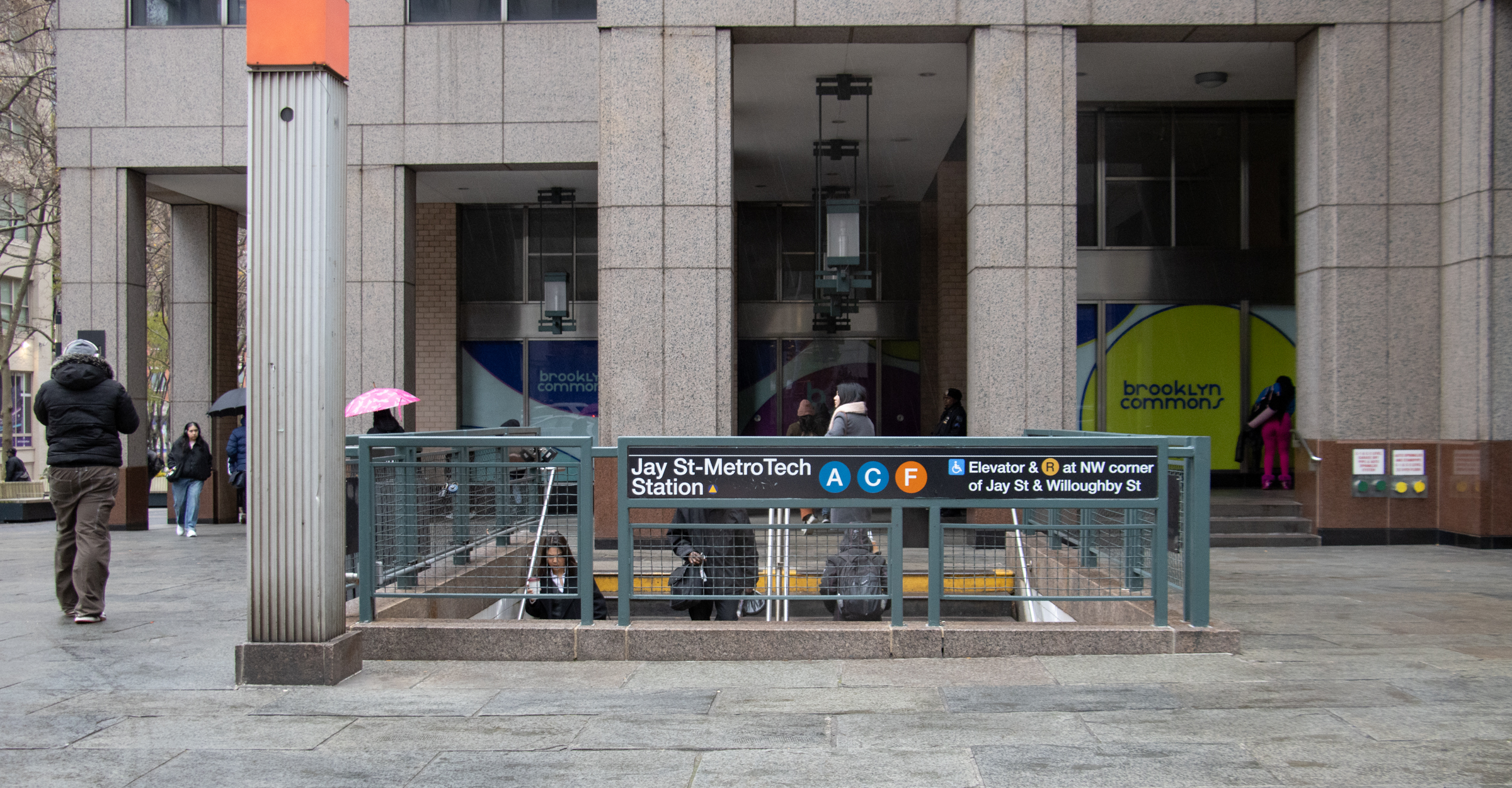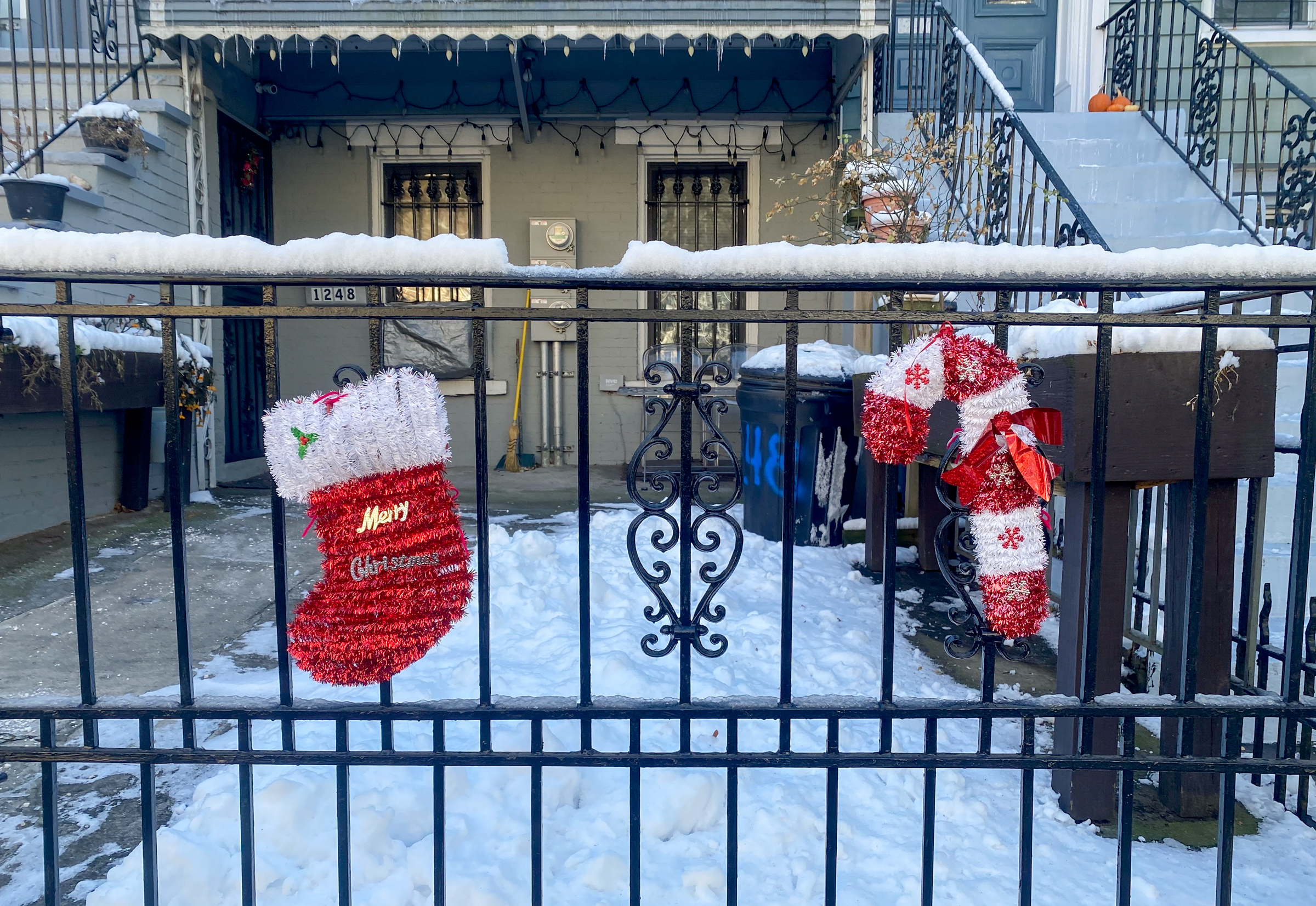Inside Third & Bond: Week 79
This week, the Third & Bond bloggers sweat the market. You might be asking yourself what we are concerned about, given that we are comfortable with the project’s schedule, made the 421-a deadline, and have our construction financing in place. The obvious answer is the market. It’s hard to tell when the economy will be…


This week, the Third & Bond bloggers sweat the market.
You might be asking yourself what we are concerned about, given that we are comfortable with the project’s schedule, made the 421-a deadline, and have our construction financing in place. The obvious answer is the market. It’s hard to tell when the economy will be back on the upswing. Dan Doctoroff recently gave a rousing keynote speech to a Citizens Housing and Planning Council luncheon crowd. He recounted the 7 (or was it 17) downturns NYC has faced since the 1800s, all of them doozies that caused someone or other to remark that New York would never recover. If clapping could bring recovery just as millions of children have brought Tinkerbell back from the edge of death with each reading of Peter Pan — it would have been done last week at the Marriott Marquis.
Yes, we clapped politely and are believers in the recovery… but when? And will it be enough, soon enough for our buyers not to worry about getting end loans (aka mortgages)? If you pay an iota of attention to the media, then you know that banks are reticent about lending and when they do lend, their underwriting has become very strict.
(continued below)
 A recent Real Deal issue (a local industry monthly) ran an article questioning whether banks might start providing end loans on the same properties they are lending on for construction. Back in the 80s, it was not uncommon practice (with developers paying an upfront fee to reserve an allocation). At first blush it might seem that lending both on construction and to buyers increases the exposure of the bank to any problems on the project. If a bank is worried about getting its construction loan repaid, providing attractive mortgages at a time when sources of mortgage money have contracted is a good way to mitigate risk – despite the increasing rates of homeowner defaults we hear about in the news, lending to a new purchaser WITH A FULLY DOCUMENTED loan underwriting at a fixed interest rate for a minimum of five years remains a very low risk proposition (No Liar Loans, No Option ARMs, No Alt A, No Investors).
A recent Real Deal issue (a local industry monthly) ran an article questioning whether banks might start providing end loans on the same properties they are lending on for construction. Back in the 80s, it was not uncommon practice (with developers paying an upfront fee to reserve an allocation). At first blush it might seem that lending both on construction and to buyers increases the exposure of the bank to any problems on the project. If a bank is worried about getting its construction loan repaid, providing attractive mortgages at a time when sources of mortgage money have contracted is a good way to mitigate risk – despite the increasing rates of homeowner defaults we hear about in the news, lending to a new purchaser WITH A FULLY DOCUMENTED loan underwriting at a fixed interest rate for a minimum of five years remains a very low risk proposition (No Liar Loans, No Option ARMs, No Alt A, No Investors).
After the real estate slump of the 90s, this practice was largely abandoned partly because developers could claim as a defense to a foreclosure that the lenders failed to perform on their commitments to provide mortgages, but mostly because the mortgage industry became much more active in providing attractive mortgages from multiple sources.
Providing attractive mortgages to purchasers is now the name of the game. There has been a sea change across the country as the usual supplier, FANNIE MAE, has tightened its requirements by requiring a higher percentage of units in contract prior to the first closing (70%), higher credit scores (720 minimum) and higher cash down payments (20-25%). Problems with private mortgage insurers (PMI companies) have also made it more difficult to borrow more than 80% of the purchase price.
Our efforts are now focused on securing end loans on more attractive terms from other sources. To that end, we are applying to SONYMA The State of New York Mortgage Agency and FHA the Federal Housing Administration – for project pre-approval. If granted, we will be able to offer mortgages with much lower down payments (as low as 3.5%), lower interest rates, and a lower pre-sale requirement prior to the first closing (40%). All of these will be fixed rate loans requiring extensive documentation from purchasers to establish the stability of their income and credit history.
However, even if we are successful, this will only be of limited help. SONYMA will not back any loan for a unit that has a purchase price greater than $550,000 (Kings County) or a livable square footage under 500. Only about 9 of our 1-bedrooms and studios meet this qualification. About six of our studios are too small; we’ve asked for a waiver. Additionally, eligible borrowers must be first time homebuyers making no more than $92,160 (1-2 person household). Is it worth the application process for what might work out for only a handful of units? We think so.
FHA’s limit is based on the mortgage amount. In legislation yet to be finalized, the limit for our area will be $729,000. About 80% of our units are likely to meet that limit. But in order to meet all of the design requirements of the FHA for accessibility for the handicapped, which are different than NYC’s Code, we have to modify our first floor bathrooms. This means A) ripping out some track already installed for demising walls, B) paying the architect to revise drawings, C) changing some bathroom fixtures, D) losing a coat closet in 6 units and E) making modifications to the offering plan.
The design changes are unfortunate but not awful the worst is losing the closet. More significant to us in the long run are the changes we have to make to the offering plan, such as relinquishing control of the board within 120 days after 75% of the units are conveyed. This requirement gave us pause because we like to control the board for a few years in order to make sure the building is properly run. Having just built the buildings we are better able to respond to small physical problems before they turn into larger ones. Also, boards sometimes drop maintenance items to reduce expenses without realizing the future costs they may be incurring as a result. Everyone knows that boards can quickly become political and divisive if left to their own devices. We have found it good practice to stick around for a while to smooth the way to a fully functioning building before leaving the birds to their nest. But if this is what FHA wants and 80% of our buyers could qualify for their loans, then it is worth pursuing the approval now for sales we’ll be making next spring.
These are not changes that we take lightly. But given the market, and the lessons we learned in the early ‘90s, we know that ultimate success will require us to be nimble and ever vigilant in satisfying the market with our mortgages just as much as the design and construction of the residences. All the clapping in the world will not turn a sour economy. Or, maybe The Stimulus will work and these steps won’t prove necessary. Only time will tell how this economic chapter ends.
Inside Third & Bond: Weeks 1-78 [Brownstoner]
From our lawyers: This is not an offering. No offering can be made until an offering plan is filed with the Department of Law of the State of New York.”





I really appreciate hearing your perspective and the challenges you face right now.
If I was ever able to have a beer with you, I would share my story about Boards running new buildings. I live in a 4 year old (Boymelgreen) condo just down the street from your development at 4th Ave and 3rd Street. That development company gave up control of the Board quickly, and I’m the worse for it, as we have a bunch of petty amateurs at the helm right now. Trying to convince them to hire a professional engineering company to assess how much we should be setting aside for depreciation/capital reserves. I might as well be talking to the wall. They are the ultimate example of the old saw about “penny-wise, pound-foolish”.
Better hurry up and finish up.
Global stimulus package will result in increased demand for goods and services translating into higher commodity prices and rising inflation.
Governments will encourage moderate inflation as tool in deleveraging process (With moderate inflation non-indexed loans will lose their value without having to be written down)
To control moderate inflation interest rates will rise.
Mortgage rates will rise.
True extent of Commercial real estate blow up will soon hit markets, blowing hopes for renewed flow of liquidity between banks and to consumer.
Ergo
Less liquidity + high interest rates + spiralling unemployment in financial sector + higher materials pricing = better get a darn move on.
Can I have my garden back? It’s growing season.
Bob